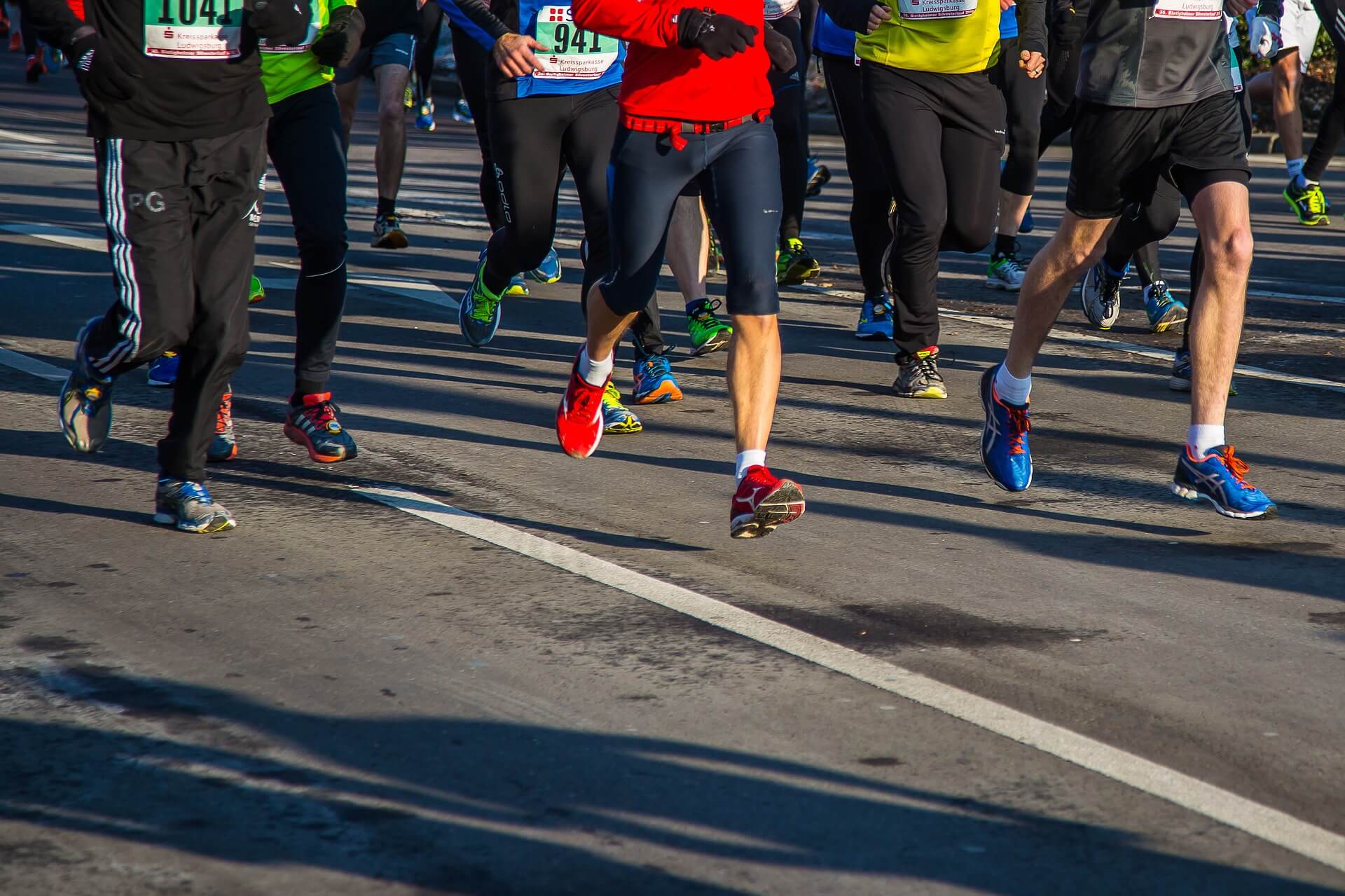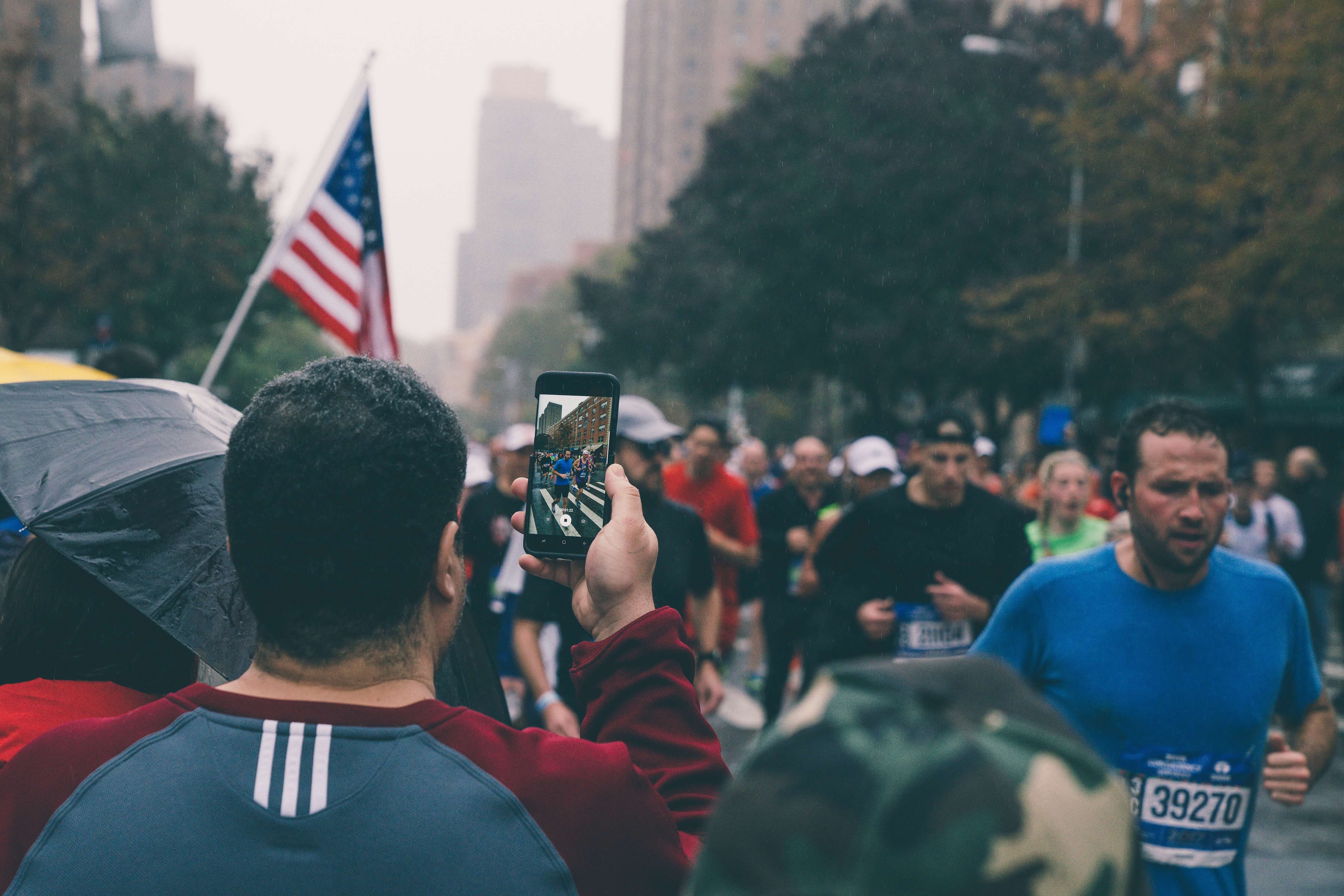What You Should Know About Hypothermia

Most research emphasizes the importance of understanding how to deal with running in warm weather and the detrimental effects heat illness has on the body. Although it seems it is more common to suffer from dehydration and a heat stroke, the opposite is also quite often experienced in runners. Hypothermia occurs when the body temperature drops to below normal levels, which is about 98.6 degrees, and the body is unable to produce heat at a faster rate than it is losing it. The reason it may be less common for hypothermia to occur in runners is because our bodies naturally produce heat while in motion. This does not mean that outside factors cannot contribute to causing more heat loss while we are running.

Year-round many races are scheduled far away from the hot summer months to avoid heat illness, but what about the races that fall during drastically cold temperatures? Many runners who train up north may get used to running in cold temperatures but will often skip running outside when temperatures drop too low or during rain or snow. The worst cases of hypothermia occur with a mixture of temperatures below 50 degrees, wet conditions, and significant wind. Although your body is producing heat while running, the mixture of these cold and wet conditions will eventually cool the body down at a fast rate, especially during long races such as marathons.
Symptoms of Hypothermia
Mild Hypothermia
During hypothermic states, when the temperature drops below 95 degrees, symptoms experienced can include shivering, slurred speech, loss of coordination, fatigue, and pale skin. During the start of decreasing body temperature runners may simply feel shivering which normally creates body heat along with goosebumps from heat loss in the skin.
Moderate Hypothermia
Once a runner begins to experience numbness and fatigue, hypothermia is continuing to advance. The fatigue that sets in causes one’s pace to slow which will end up generating even less heat in the body. Even worse is if the fatigue causes a runner to slow to the point of walking or stopping altogether, even if just at the aid stations. This will eventually lead to a severe sensation of cold deep to the core of the body and result in chattering of teeth and uncontrollable shaking that although produces heat will only cause more loss of energy.

Severe Hypothermia
When body temperature drops into the 80s and no medical treatment has been sought, one may develop a significantly low pulse and breathing rate and eventually end up unconscious.
Preparing for Cold Weather Running
Of course, the first piece of advice given to runners is to layer their clothes according to the weather. Since hypothermia is more common during cold AND wet conditions the best layers are those that are thin and waterproof, although this may not even help you during a torrential downpour. The idea is to not wear too much clothes thinking it will keep you warm as all the constant rain will do is weigh you down and end up slowing your pace as well as keeping you cold. Besides opting for the most waterproof and windproof clothes, below are other tips for preparation.
- Wear several extra layers before the start of the race to ensure to retain as much heat in your core as possible. Once you start running you can begin to shed these items as you go. If the start of the race is going to be a wet one, wearing an old pair of socks and shoes is best. Change into your race shoes and one or two thin layers of socks before heading to the start line.

- Wear proper gloves and a hat or two. The areas of the body where heat is more easily lost are the head and hands so keeping those areas covered is important. Just as with waterproof clothes, having a waterproof hat is ideal. It is important to try an keep gloves as dry as possible, so reaching for drinks at aid stations should be done carefully as to not spill liquids onto the gloves.
- Use hand and toe warmers. These nifty sacks are great to stuff into your gloves, hat, and shoes for extra warmth. Taking your own bottle of fluids on race day may be a better option if you have the hand warmers as it will keep your fluids at a warmer temperature. This is ideal since chugging the water or electrolyte drinks at aid stations may be too cold and cause a faster drop in body temperature.
- Wear a neck gaiter or scarf to cover your face. In cold, windy races the constant breathing in of that cold air may cool the body down even faster and cause abnormal breathing throughout the race. This is especially important for those with asthma.

- Hydrate as needed. As mentioned, the fluids at the aid stations may be cold but turning them down at every stop may not be a good idea. You can still develop dehydration when in a hypothermic state. Our bodies actually require more energy and electrolytes in order to keep warm and running.
Treatment
If you develop any moderate or severe symptoms of hypothermia during a race or other training run, seek medical attention as soon as possible. During these severe conditions, the medical teams are all prepared to assist athletes and bring their body temperatures back up. Once in the warmer medical tents, the first thing that should be done is shedding of all of the wet clothes immediately and get wrapped in warming blankets and hot packs. Temperature should be taken frequently, and if body temperature does not begin to rise within 20 minutes, the athlete should be transported to a medical facility. Treatment will also include drinking hot fluids to get the core warm more quickly.

It is important to understand the symptoms of hypothermia and when it is safe to run. If you develop any of the initial symptoms of a significant drop in body temperature and quickening your pace or ingesting warm fluids while running is not getting you warm, it is imperative to stop running and head indoors or to the medical tents if racing. Although it is easier to warm yourself back up than it is too cool yourself down if experiencing heat illness, it is not a reason to ignore the symptoms of hypothermia. Doing so will lead to serious health risks.
Latest Articles
 Is Running on a Treadmill Easier Than Running Outside?Runners have their own preferences, whether it is treadmill running, running outside on the road, or exploring trails. So...
Is Running on a Treadmill Easier Than Running Outside?Runners have their own preferences, whether it is treadmill running, running outside on the road, or exploring trails. So... Is It OK to Use Trail Running Shoes on the Road?While trail running shoes can be used on roads, especially in situations where a runner encounters mixed terrains or pref...
Is It OK to Use Trail Running Shoes on the Road?While trail running shoes can be used on roads, especially in situations where a runner encounters mixed terrains or pref... How to Fix Sore Quads After Running?Rest, ice, gentle stretching, and over-the-counter pain relievers can help soothe sore quads after running. Also, ensure ...
How to Fix Sore Quads After Running?Rest, ice, gentle stretching, and over-the-counter pain relievers can help soothe sore quads after running. Also, ensure ... 10 Fruits With The Most Electrolytes to Replace Sports DrinksThese fruits are high in electrolytes such as potassium, magnesium, and calcium, essential for hydration, muscle function...
10 Fruits With The Most Electrolytes to Replace Sports DrinksThese fruits are high in electrolytes such as potassium, magnesium, and calcium, essential for hydration, muscle function...

